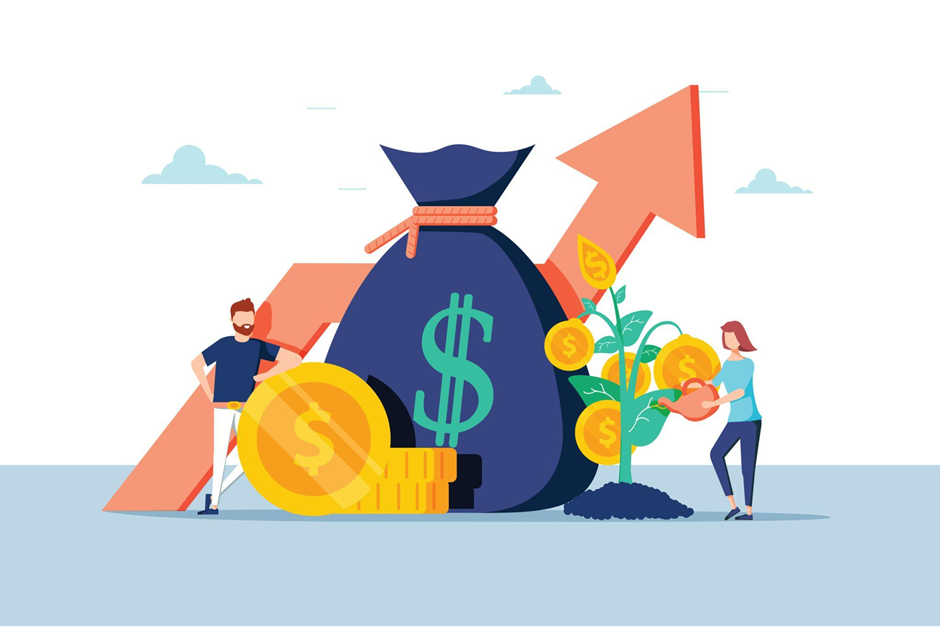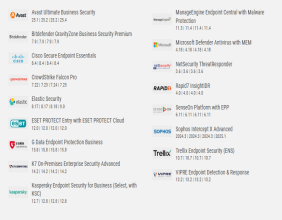Highlights
- There are multiple benefits of investing money into SMSFs. However, people often wonder whether they should invest more money into SMSFs or shares.
- Buying shares has its pros and cons, likewise, is the case for SMSFs. An investor needs to consider their needs and capabilities before deciding.
- One needs to see where their money and other resources are fitted best and then embark on the investment journey for optimum results.
A boiling question is trending on the internet: whether people should invest their money in self-managed super funds (SMSFs) or shares. The concept of SMSF has been gaining heed across Australia for several years now. And, lately, many people are stuck in the conundrum of which option is better, safer, and more profitable.
So, let’s look at every aspect in detail.
Firstly, let’s understand self-managed super funds in a nutshell. Self-managed superannuation funds are like the funds that employees keep aside every month at work for their retirement. But, as the name suggests, SMSFs are self-controlled. One is entirely responsible for the operation, investment, and maintenance of SMSFs.
GOOD SECTION: Top three investing lessons from Peter Lynch
There are multiple benefits of investing money into SMSFs. However, people wonder whether they should invest more money into SMSFs or shares. Buying shares has its pros and cons, likewise, is the case for SMSFs. Thus, an investor needs to consider their needs and capabilities before deciding.

Source: © Allisgood76 | Megapixl.com
A critical comparison between investing money into shares or SMSFs
Pros of investing in self-managed super funds
- Freedom for investment diversification: Adding a substantial amount in SMSFs is an excellent way for collating money for investment portfolio diversification. One has complete autonomy over their SMSFs; thus, they can diversify the portfolio optimally.
- Tax benefits: Another significant aspect of SMSFs is that there is the most negligible tax change on these funds, usually around 15%, which is a lot less than the tax charged on an otherwise earned income.
- Access to scalable investment: Since multiple members/trustees are there in an SMSF, thus, people have a more extensive fund base for investment. So, investing in scalable properties or other significant investment opportunities gets easier with SMSFs.
MUST-READ: Adding crypto to your self-managed super fund? 3 things to keep in mind
Cons of investing in self-managed super funds
- Freedom costs responsibility: When trustees of the SMSFs have complete freedom to manage the funds, they are also entirely responsible for the funds. In case of inefficient knowledge, if one invests in lousy opportunities, that can cost hefty amounts to all the members.
- Time and expertise: To manage SMSFs, one needs time and investment expertise to optimally utilise the funds. And, in case any rule is broken because of mismanagement, heavy fines are imposed on the fund members.
Five successful stock market strategies for newbie investors
Pros of investing in stocks
- The optimum way to stay ahead of inflation: Investing in long term stocks has proven to help people stay ahead of inflation.
- A good option in a growing economy: Investing in stocks is considered a good option in a growing economy. So, when an economy grows, demand increases; thus, sales and the company revenue increase, so the dividend on shares is usually optimum.
- Liquidity: Money invested in shares can be easily liquidated whenever needed, unlike money invested in other commodities or property.
Cons of investing in shares
- Taxes: If one sells their stocks with a profit, they are liable to pay capital gain taxes. However, if there are losses, the taxes are exempted.
- Time investment: Investing in stocks is not a quick game, especially in the present market dynamics. Thus, one has to study the fundamentals critically before investing in stocks.
ALSO READ: Ultimate guide on how to invest in blue chip ASX shares in 2022
All in all, there are more pros and cons for investing in self-managed super funds and stocks. However, one needs to see where their money and other resources are fitted best and then embark on the investment journey for optimum results.




